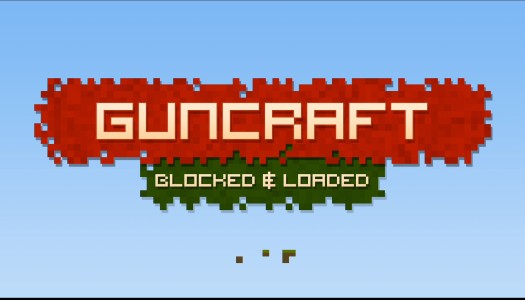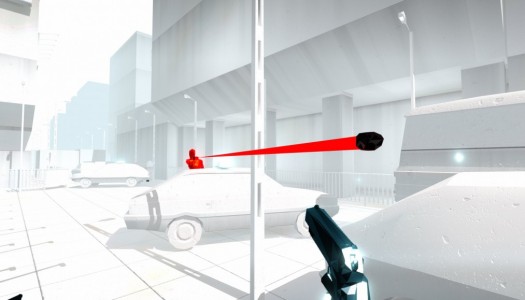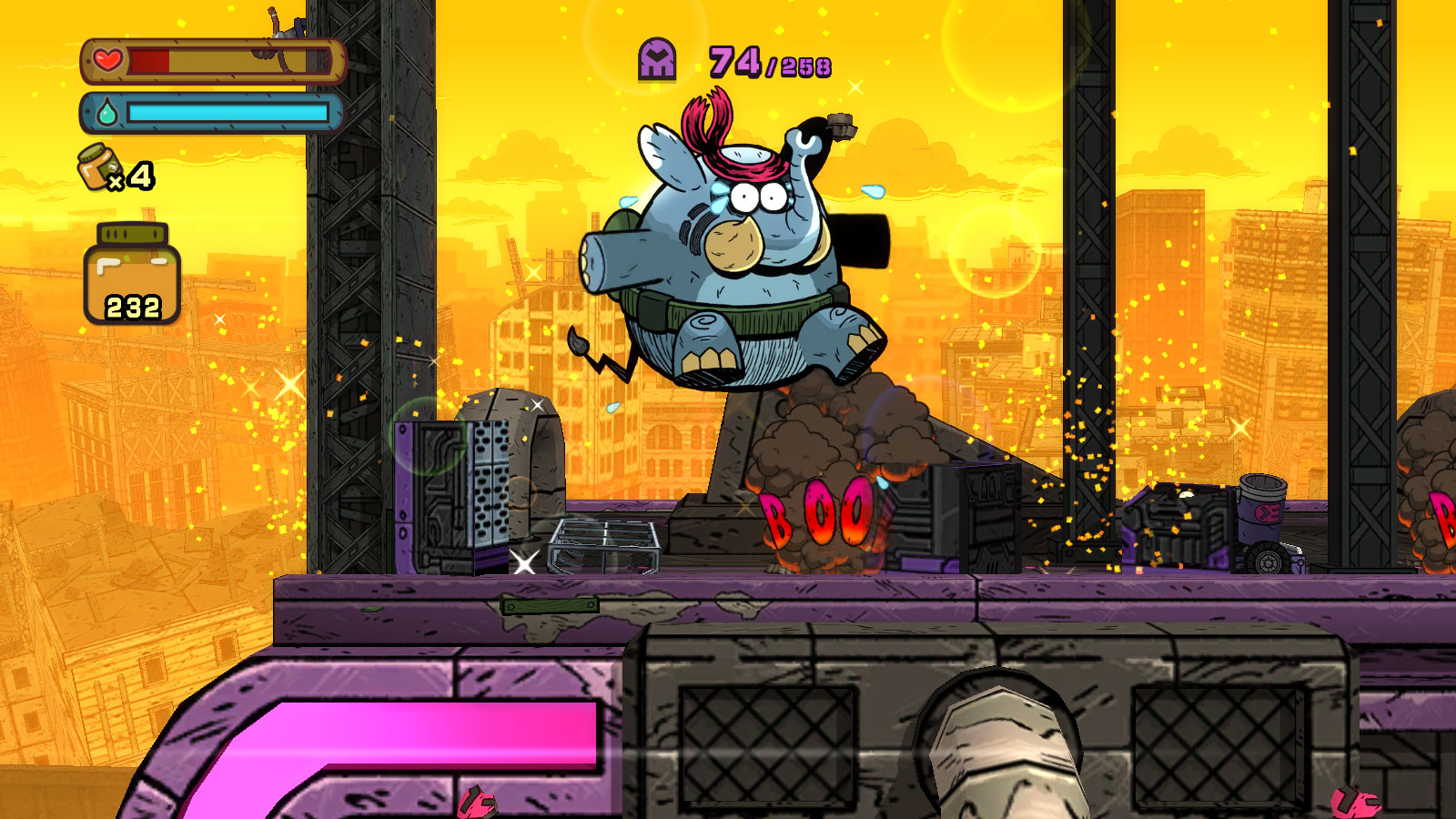 11 years ago
11 years ago
Tembo the Badass Elephant preview: The love child of Rambi and Rambo
If you don’t immediately think of busting through walls as Rambi in Donkey Kong Country (DKC) when you see someone playing Tembo the Badass Elephant, then you clearly were not a Read More
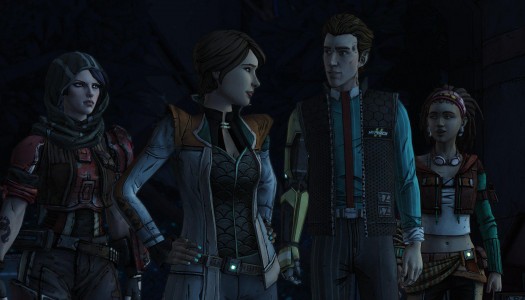 11 years ago
11 years ago
Tales from the Borderlands Episode 3: Catch a Ride review (Xbox 360)
The previous episode of Tales from the Borderlands, though enjoyable, was a bit slow and had a sudden ending. While unfortunate at the time, it turns out the episode Read More
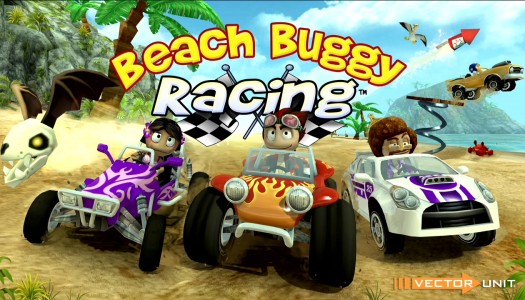 11 years ago
11 years ago
Beach Buggy Racing review (Xbox One)
Imagine one of those commercials in which a girl is picking petals off a flower while spouting out the phrases “he loves me” and “he loves me not.” Now substitute me for the girl and Read More
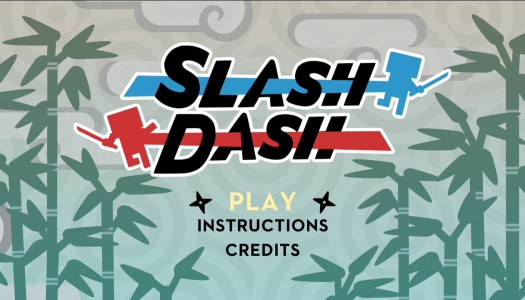 11 years ago
11 years ago
SlashDash review (Xbox One)
A quote from Roy Brown’s Butcher Pete song (featured in Fallout 3) best describes your actions in SlashDash‘s: “He keeps hackin’ and wackin’ and smackin’.” Read More
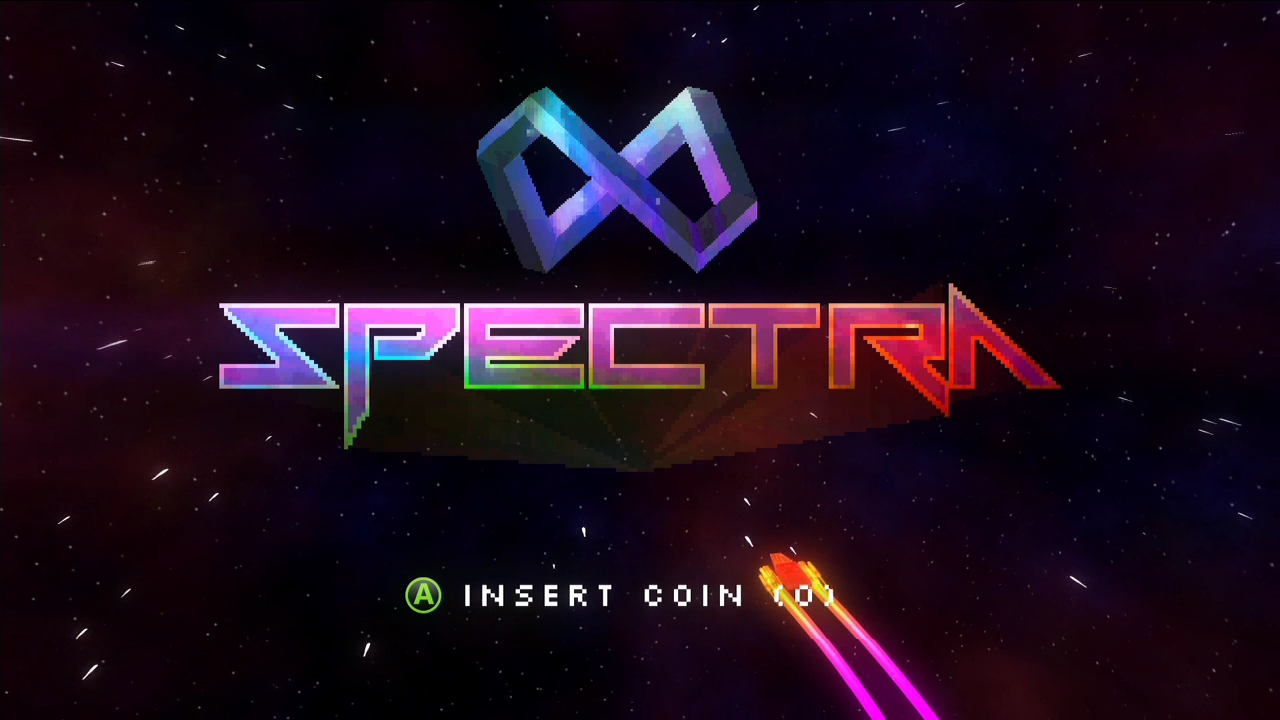 11 years ago
11 years ago
Spectra review (Xbox One)
When Microsoft first announced the ID@Xbox program, Spectra was one of the many games that briefly showed up in the announcement trailer. I thought to myself, ‘Wow this game looks pretty cool; I can’t wait to try it.’ Having now played it, though, it was not like what I expected. Spectra may as well be an endless runner since the player has no control over the acceleration of the ship. Not only that, there is no finish line that would be typical for a normal racing game. Success occurs in a level if the player manages to survive the timer, but the goal was initially unclear, and my first experiences simply devolved down to, ‘Here is a level, have fun.’ Fun can be had, but one question begs to be asked when playing this title: Have you ever wondered what it’s like to drive through gridlock traffic at breakneck speeds? I haven’t before but now we have Spectra: 8 Bit Racing to fill that void.
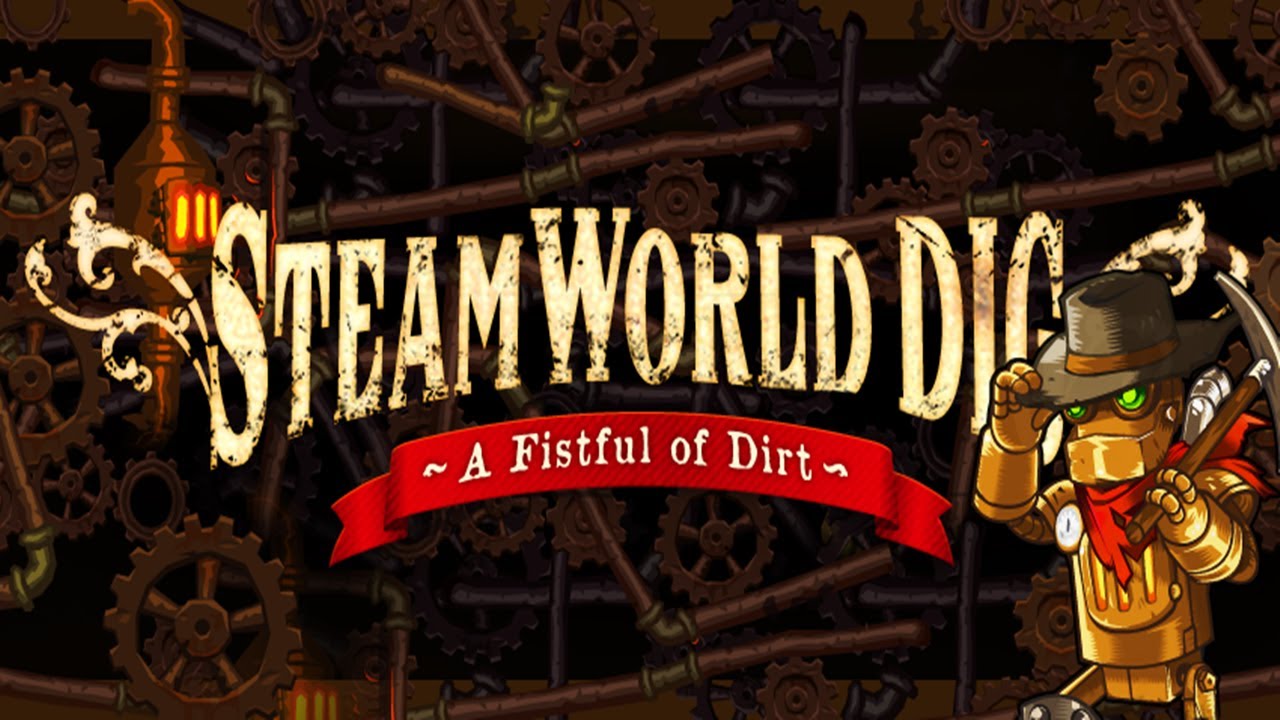 11 years ago
11 years ago
SteamWorld Dig review (Xbox One)
First things first — SteamWorld Dig is my favorite game on the Nintendo 3DS. Period. Above any of the Marios, Zeldas or anything else that has come out on that system so far. Read More
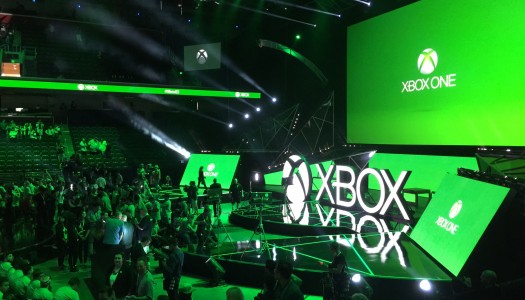 11 years ago
11 years ago
Please pardon our mess as we upgrade
As you may have noticed, we are transitioning to a new site design. Some might call us crazy for trying to do this immediately after E3 week. I would agree with them. The entire team at XBLA Fans is excited to give our readers a better site experience. This version will be more stable, elegant and usable. That said, we are still fine tuning some features. Read More
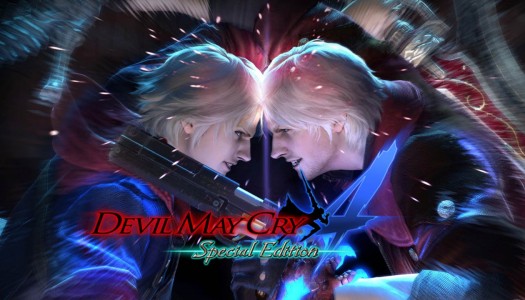 11 years ago
11 years ago
Devil May Cry 4 Special Edition review (Xbox One)
I’m the first person to admit that I’m a poor choice to review a Devil May Cry game. Especially one like Devil May Cry 4 Special Edition Read More

